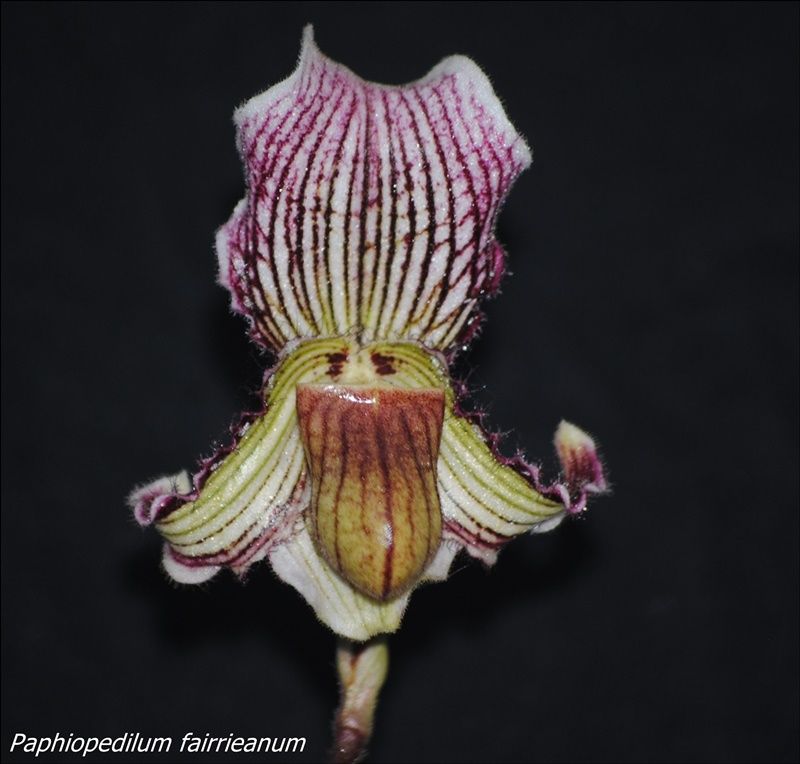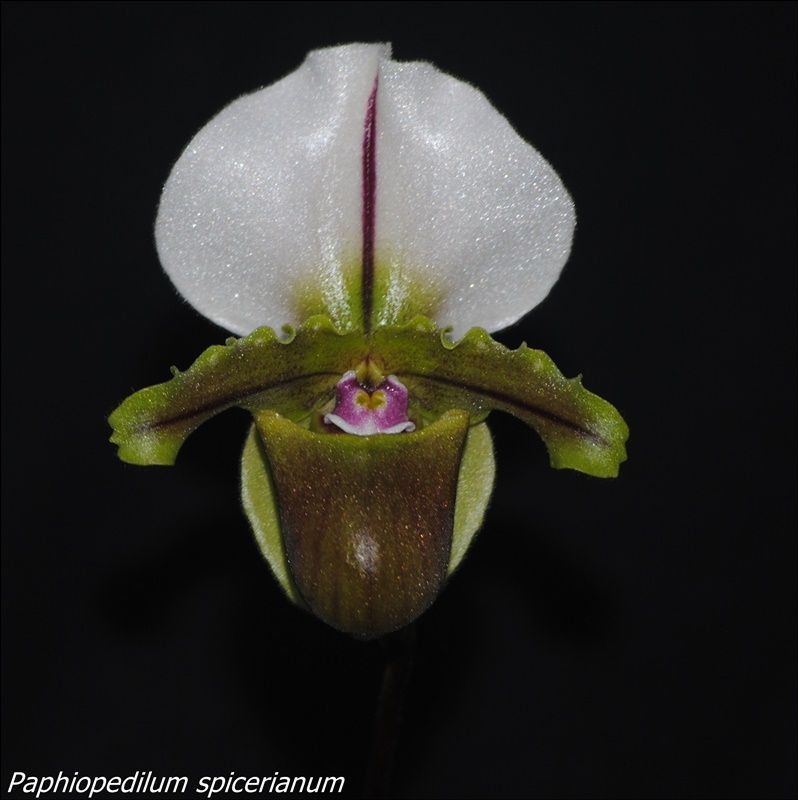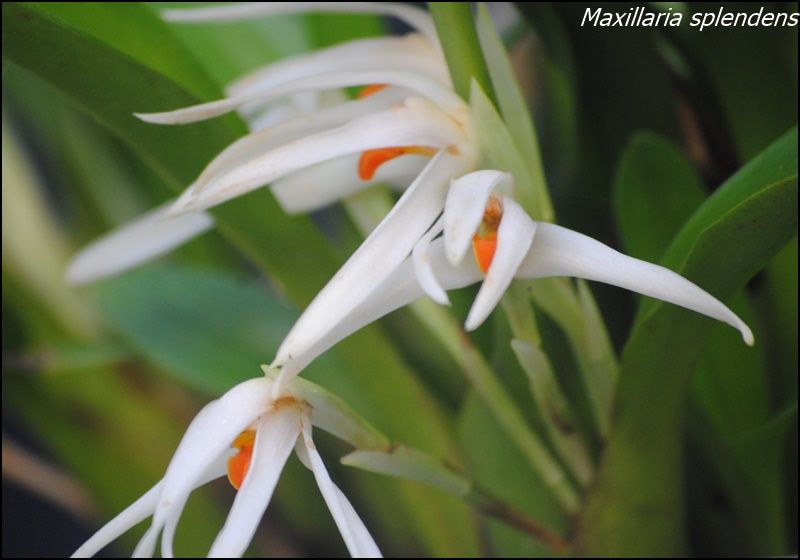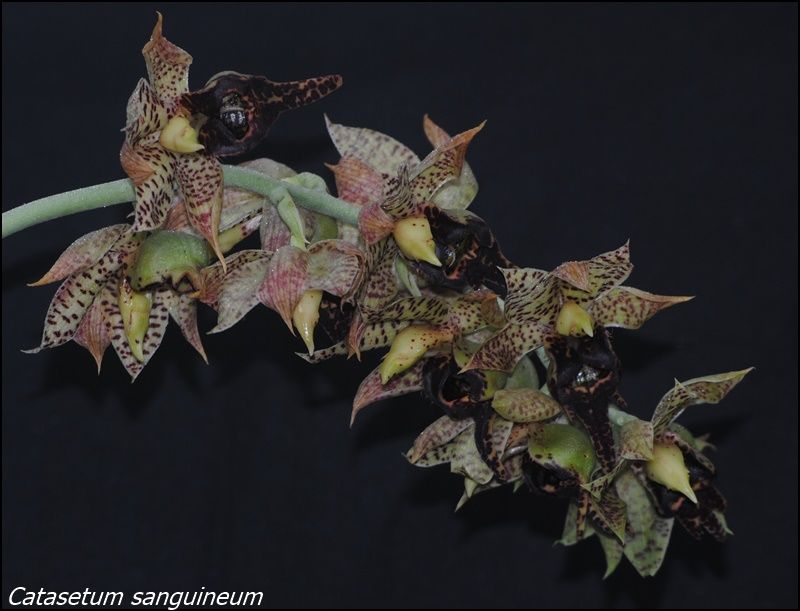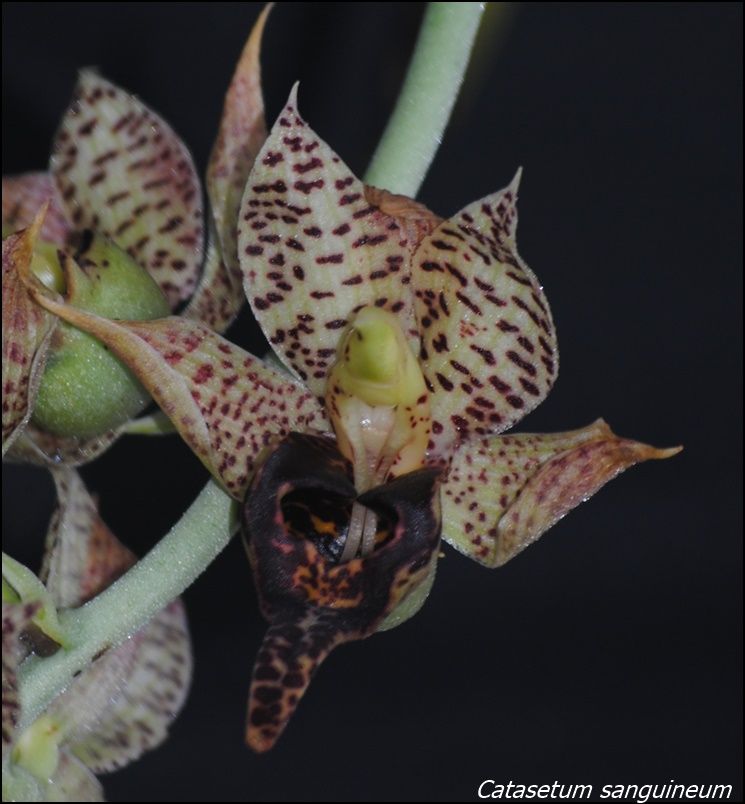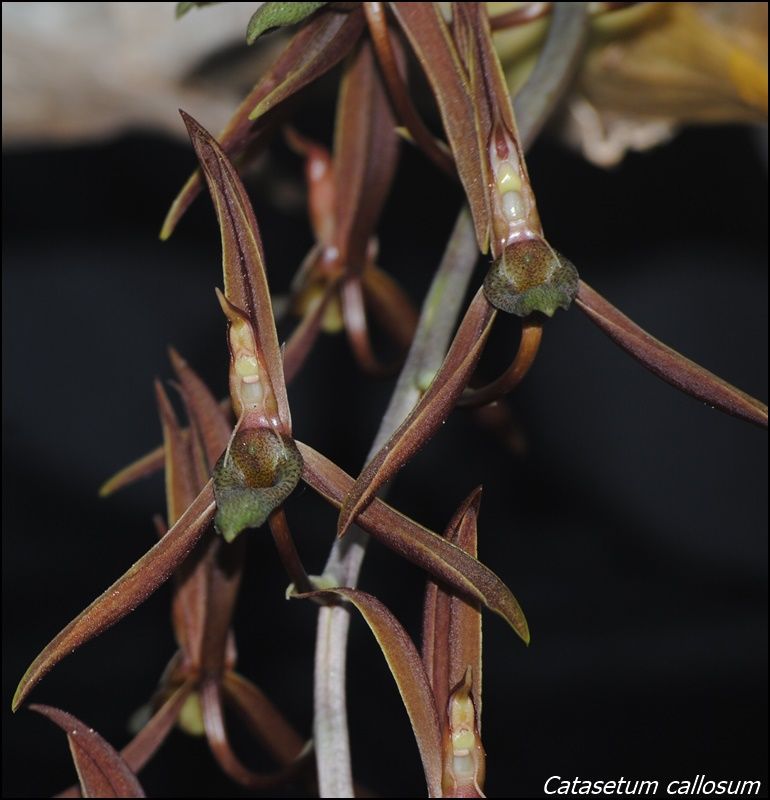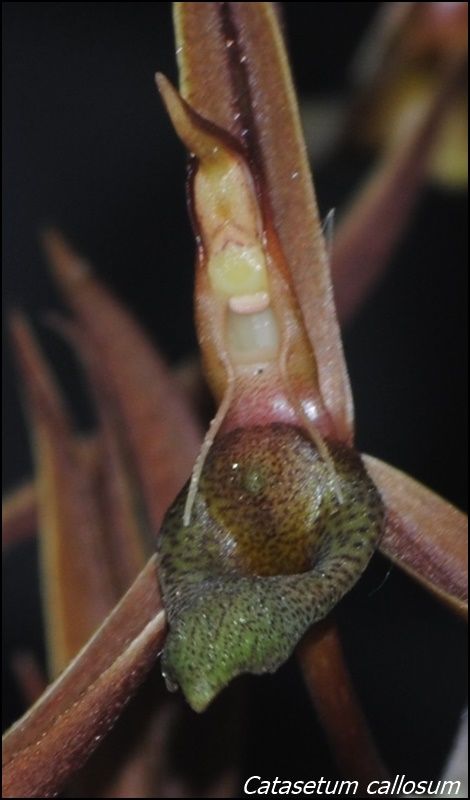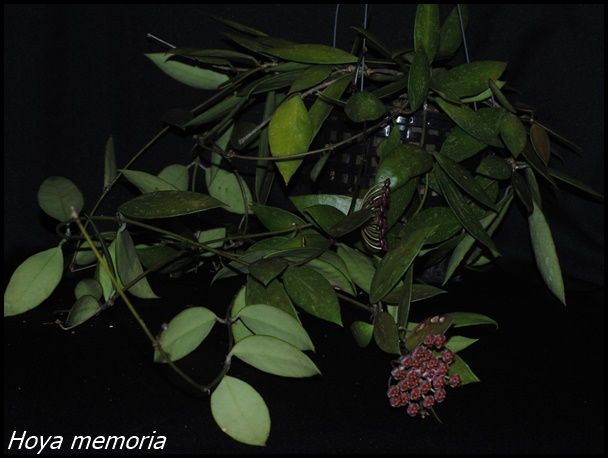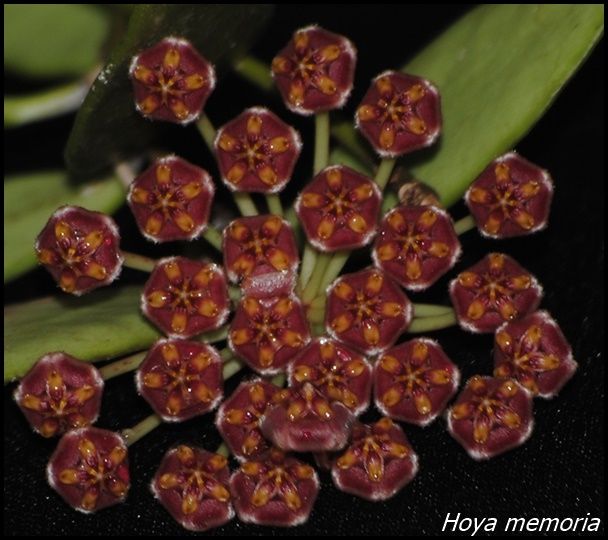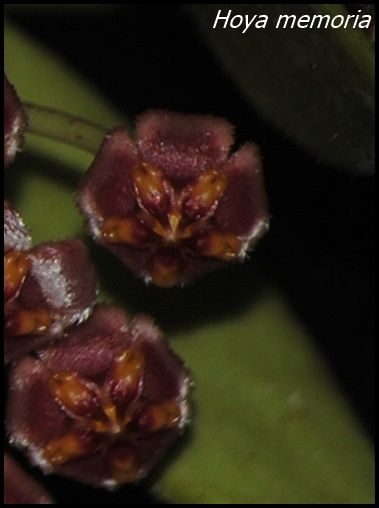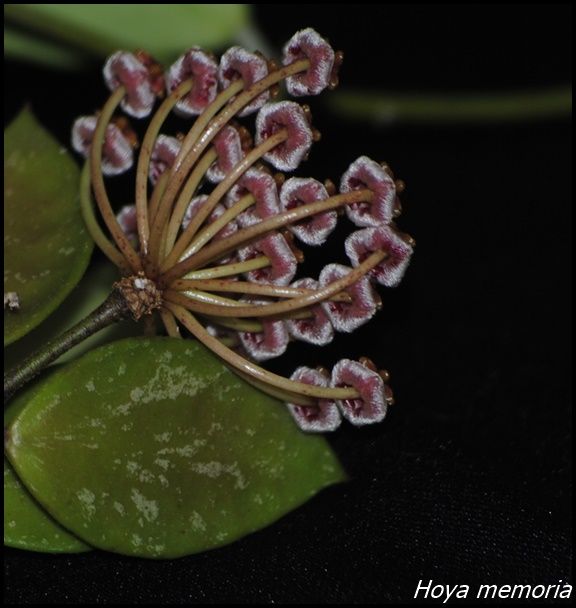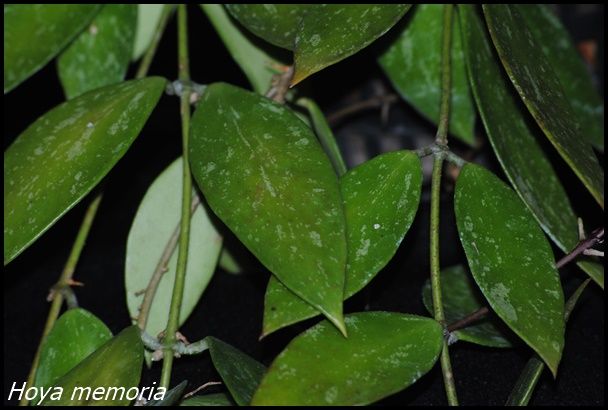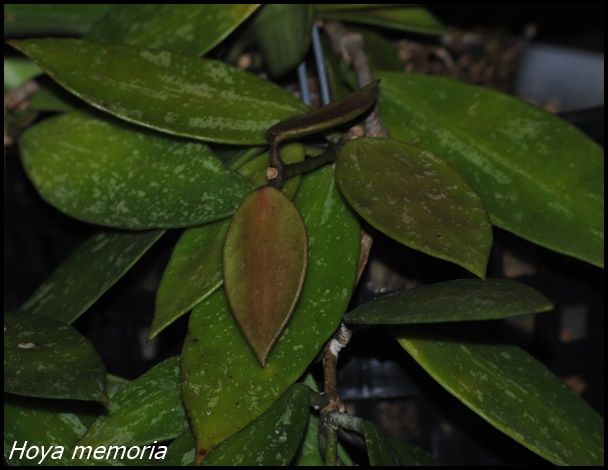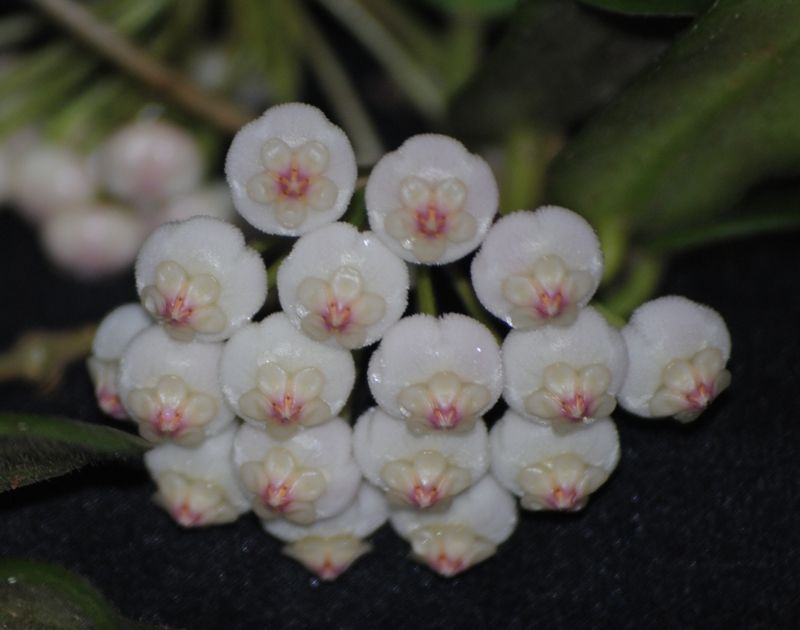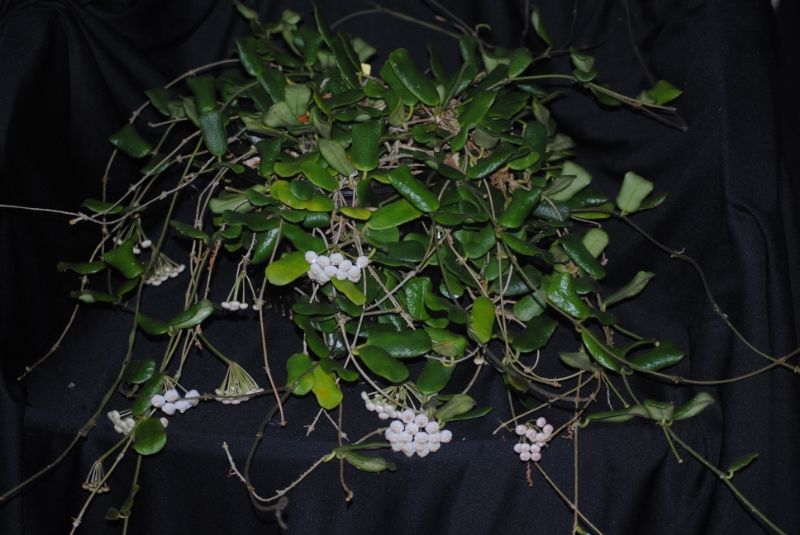Hoya memoria Kloppenb.
Fraterna
17(4): 2 (1-3; photogrs.). 2004 [Dec 2004]
17(4): 2 ( 2004
According to theplantlist.org,
H. memoria is unresolved. Although
only described in 2004, this species apparently was available previously under
a different name, H.gracilis. Also, there is some mention by experts that H. memoria may have been previously
described under another name.
Hoya memoria is a relatively small growing Hoya that prefers to grow down, and does
not vine well. I received a cutting of H. memoria in April of 2012 in a
trade with another Hoya grower. It
rooted quite easily for me, and in my conditions is an average grower. It first bloomed for me the summer of 2013, about a year and a half from starting it.
Picture of whole plant, it is normally suspended to allow vines to grow down.
Culture:
Potting: I have grown this
both in S/H and potted traditionally in a Turface/Perlite mixture. Both performed well.
Light levels: I grow this
plant under shaded conditions, or at least as shaded as I can currently provide,
in my outside growing area.
Watering: H. memoria prefers
to be evenly moist in my conditions.
Although a complete drying out of the potting media for a short time
does not seem to cause permanent damage, it does appear to grow and bloom
better when that situation is avoided.
Temperature: I left H.
memoria outside through winter for the first time this past year. No damage occurred to the plant.
Here is a quick glance at
the temperatures in my region for January and August, the coldest and warmest
months.
January 2014 lows
|
January 2014 highs
|
5 nights in the 60Fs
|
2 days in the 80Fs
|
10 nights in the 50Fs
|
11 days in the 70Fs
|
10 nights in the 40Fs
|
14 days in the 60Fs
|
6 nights in the 30Fs
|
4 days in the 50Fs
|
Lowest recorded
temperature – 35F
|
|
|
|
August 2013 lows
|
August 2013 highs
|
2 nights in the 80Fs
|
26 days in the 90Fs
|
29 nights in the 70Fs
|
5 days in the 80Fs
|
|
|
Highest temperature
recorded 94F
|
|
Blooming: The blooming season
of my plant (only two seasons so far) is from mid-summer through early
winter. Peduncles are retained after
bloom, and do rebloom. Typically a peduncle will have roughly 25 –
35 buds at a time, flowers last only a couple days. During the day the flowers have a sweet
caramel scent, but at night a musty scent develops. A moderate amount of nectar
is produced. I did have one seed pod
that developed autumn of 2013, seeds were potted and did germinate. But unfortunately the seedlings were wiped out
completely by snails/slugs.
Buds a couple days from opening.
Flowers in the process of opening
Flowers completely open, notice severe reflexing of petals
Close-up of open flower
Back of flowers, notice this is the 4th blooming on this peduncle
Roots: Some roots are
produced around the nodes in high humidity.
But these roots shrivel and die back quickly when the humidity drops. Compared to other Hoyas in my collection
though, H. memoria has significantly less roots along the stem than average.
Leaves: Leaves are of
variable size on my plant, but all are sharply pointed at the apex, and splotched and smooth on the top surface. The undersides are a pale green and smooth. New leaves have a slight reddish color to
them until they mature. There are two leaves per node, rarely three.
New leaves developing in the center, notice reddish cast

